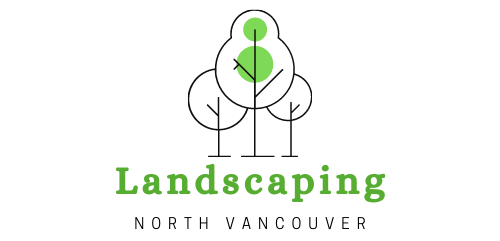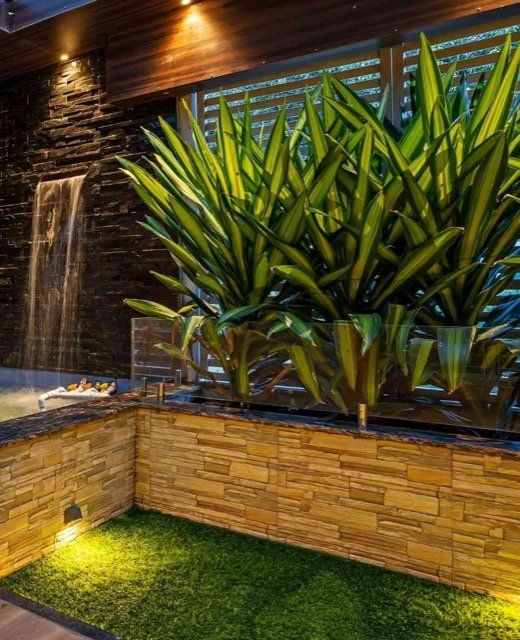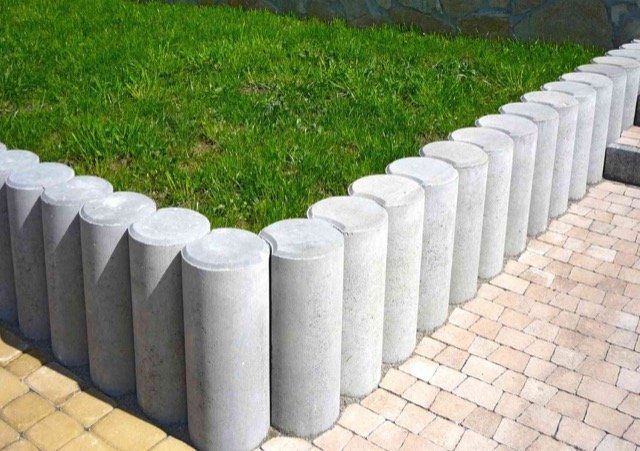How High Can My Retaining Wall Be?
How High Can My Retaining Wall Be?
Retaining walls are a great way to level sloped yards, prevent soil erosion, or add a stone design element to a landscape. While they can be built in nearly any shape or length, there are limits to their height - especially if you are building the wall yourself.
Many factors go into determining the maximum height of a
retaining wall, but the general rule is that retaining walls should not be taller than four feet. Fortunately, a four foot retaining wall is more than sufficient to meet the needs of most homeowners. Most yards are already leveled to some extent when the house is built, so the need for an extra tall retaining wall is unlikely.
One of the reasons for this height restriction is basic physics. In order for a retaining wall to be sturdy enough to withstand the elements, it needs to be at least one-third as wide as it is tall. This means that a four foot retaining wall needs to be at least 16 inches thick to support itself. If a wall is too tall, the required thickness becomes impractical.
If you live within the jurisdiction of the District of North Vancouver, you might want to keep your retaining wall under three feet. Any retaining walls built in North Vancouver that are more than three feet tall require a permit, and that permit must include a design that has been approved by a professional engineer. While obtaining a permit is completely possible, it is probably not worth the hassle and extra expense - especially if the primary function of the wall is decoration.
If soil erosion or drainage issues are the main reason for your retaining wall, there are several options you can consider in place of a tall retaining wall. One of the simplest options is to create terraces in your yard - instead of building one really tall retaining wall, you can build two or three shorter ones, giving your yard a tiered look. If this is not practical, other drainage control options might solve your issues without needing a wall at all.
If you absolutely must have a retaining wall that is more than three feet high, it is imperative that you consult an engineering professional. Not only is this required to obtain a permit, it ensures that your wall is properly supported. A retaining wall with insufficient support is likely to come tumbling down in severe weather (or simply from the slow decay of time), risking damage to both lives and property. If a tall retaining wall is your only option, don’t try to cut corners. Build it right so that it is safe and secure
!Retaining walls are a great addition to a landscape, but they must be properly constructed. If they are too high, they can easily become a hazard (not to mention a legal violation).
Our experts have years of experience in retaining wall design and construction - if you have questions or would rather let a professional handle your project, just give us a call!
You might also like
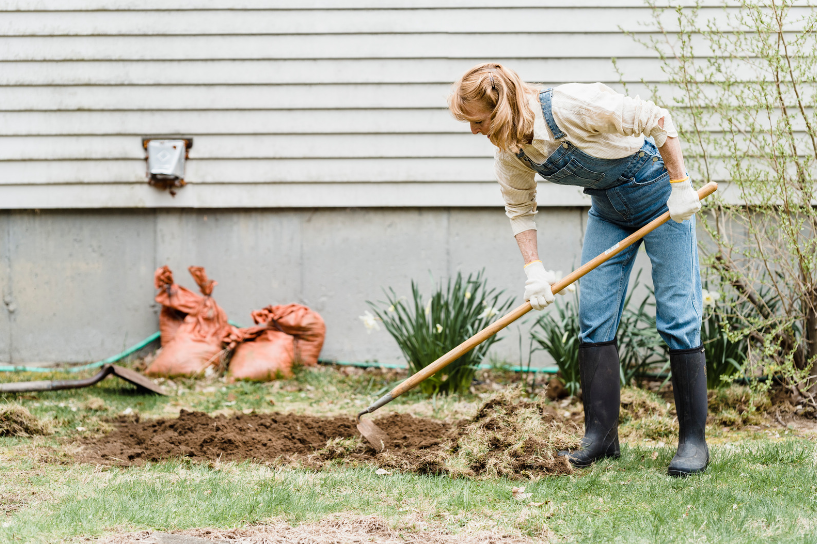
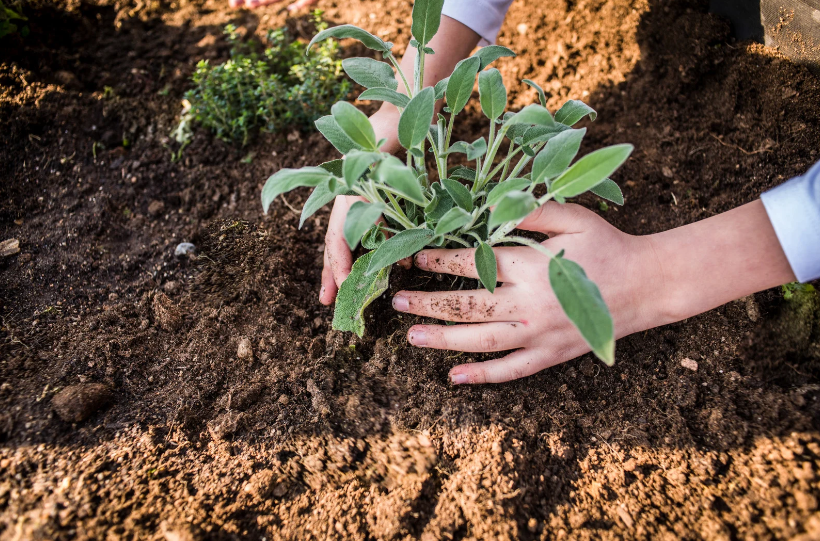
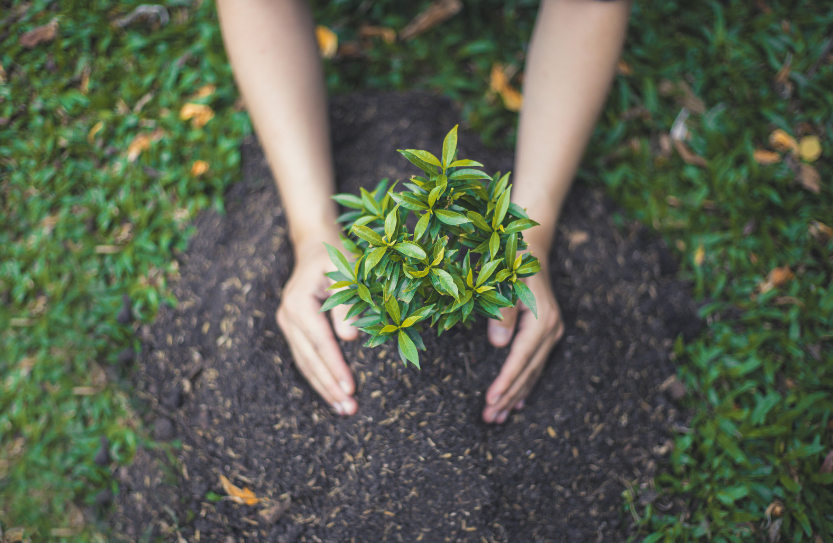
Get A Free Quote!
